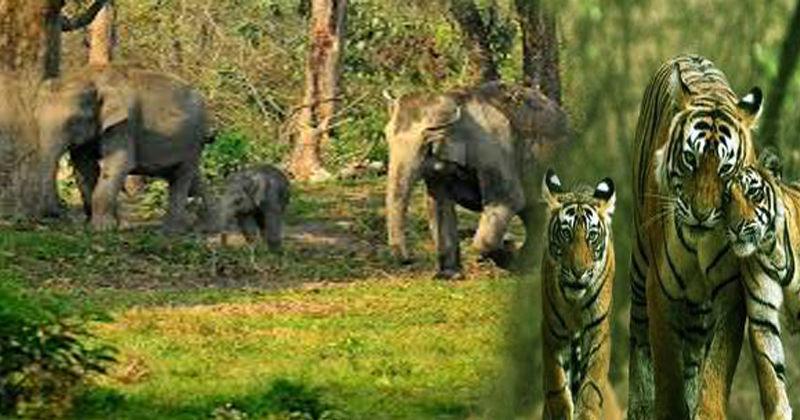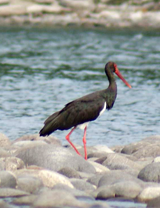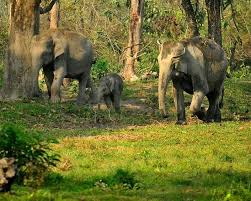
Manas, at the base of foot hills of the Bhutan-Himalayas in the state of Assam, with unique biodiversity and landscape is one of the first reserves included in the network of tiger reserve under Project Tiger in 1973.
Manas acquired the status of a Biosphere Reserve.It extends over an area of 2837 Sq. Km from Sankosh river in the west to Dhansiri river in the east, with a core area of 500 Sq. Km. of the National park, which declared in 1990. The average elevation of the area is 85 m above mean sea level. The river Manas flows into the National Park from the gorges of Bhutan and split into two major streams of which the main watercourse comes out of the National Park about 30 km downstream is known as ‘Beki”. The peace and tranquillity of Mothanguri tourists site on the bank of river Manas close to Bhutan is the rarest gift of nature and in its finest form.
There is no insurgency in the park as reported by most of the uninformed sources. With the coming of the Bodoland Territorial Council (BTC), a peaceful situation has prevailed over the entire park. In the past, bad law and order situation was utilized by the organized smuggling gangs to operate inside. Now, there is no need of fearful attitude to step in the park. Such imaginary fears are not necessary for visiting Manas.
About the half of the Park is covered by Grasslands of Terai and Bhabar type, the riparian areas have colonizing grasslands and woodlands of several species. The thick woodlands are called Eastern Moist Deciduous Forests of various types. The undergrowths are very thick. There are more than 650 species of Angiosperms alone. The commonly seen trees are the Simul, Oxi, Sissoo, Khaie, Gamari, etc.
Manas is the only landscape in the world where pristine Terai Grasslands are seen merging with the Bhabar grasslands interspersed with diverse habitats ascending to Semi-Evergreen forests and then to Bhutan Himalayas. The Biodiversity is very rich here. The last population of the Pygmy Hog survive in the wilds of Manas and nowhere else in the world.
Tiger

Manas is very rich in the population of Royal Bengal Tigers. Presently the population of Tigers are counted up to 60, although a ride through the park may not guarantee a tiger sighting.
Birdlife

The diverse habitat of Manas is an ideal home for specialized birds. Manas boasts the largest population of the endangered Bengal Florican in the world and is also a great place to see the Great Hornbill. The National Park lists around 380 species of birds. Notable amongst are Greater Adjutant, Black-tailed Crake, Red-headed Trogon, Swamp Francolin, Wreathed and Rufous-necked Hornbill, Marsh and Jerdon’s Babbler, Rufous-rumped and Bristled Grassbirds, Hodgson’s Bush-chat, Rufous-vented Laughingthrush, Finn’s Weaver, Ibisbill and variety of foothills species.
Vegetation

The Burma Monsoon Forests of Manas lie on the borders between the Indo-Gangetic and Indo-Malayan bio-geographical realms and is part of the Brahmaputra Valley Biogeographic Province. The combination of Sub-Himalayan Bhabar Terai formation with riverine succession leading up to Sub-Himalayan mountain forest makes it one of the richest biodiversity areas in the world.

Post Your Comments